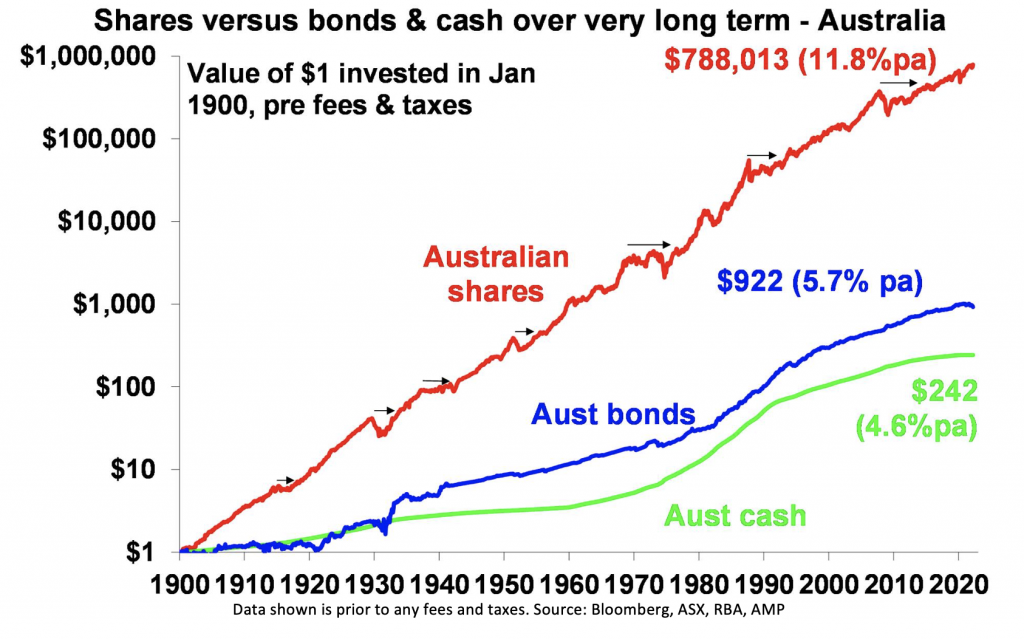

“Sportsbet: Bet with Mates”, “Ladbrokes: Back Yourself”, Neds: It’s Time to Bet”. Sounds like the footy’s on.
Aussie sports fans, particularly those who watch the NRL and AFL on a weekly basis, are sadly all-too-familiar with the heavy rotation of gambling ads that infiltrate the match coverage on free-to-air channels. These sometimes-back-to-back ads from gambling companies are increasingly becoming an extension of the game, exacerbated by stadium sponsorships such as the Cronulla Sharks’ PointsBet Stadium or BlueBet Stadium, home to NRL league-leaders the Penrith Panthers.
As director of the Office of Responsible Gambling, Natalie Wright said last year: “We’re seeing sports betting advertising in almost every aspect of sport, which sends a message that betting is part and parcel of every sport.”
Take Sportsbet for example, which not only takes up a chunk of airtime during ad breaks but also has its own segment during Channel 9’s NRL coverage that the hosts directly cut to. And after Sportsbet host and former NRL player Joel Caine has run through the different odds and alluring deals fit with conditional money-back guarantees to viewers that include problem gamblers and children, it’s all offset by the same caller telling you to “gamble responsibly”. At least it is, from a legal standpoint…
So, with gambling ads permeating what is a central part of Australian culture, how much are Aussies losing annually? The latest estimates from the Australian Institute of Health and Welfare suggest that the population lost approximately $25 billion on legal forms of gambling in 2018-19, with about “35% of Australian adults aged 18 and over (or 6.5 million people) spent money in a ‘typical month’ (defined as ‘regular gambling’) on 1 or more gambling activities in 2018”. And while this marks a drop from the 39% recorded in 2015, betting on sports and the horse/dog racing industry is on the rise while Lotto or lottery games, instant ‘scratchies’ and even poker machines (pokies) showed a small decline over those three years.
But despite this slight decline overall, gambling expenditure rose from $126.60 per person in 2015 to $133.40 in 2018, with the increased spending seen on “poker machines/pokies, betting on horse or dog races and betting on sports”.
It’s clear that the legislation implemented in 2018 banning gambling ads during live sports broadcasts before 8.30pm is not enough, as Sportsbet’s chief growth officer Douglas Brown told investors in a note last September, the company is still targeting “a mass audience of engaged fans … pre-game, during the major game and after the game”. How else could they make use of the $139 million the company spent in 2020 on advertising and sponsorship for “deeply integrating content to reach footy fans across a number of touchpoints,” according to Mr Brown.
What’s more, Sportsbet revealed that the amount of money Australians gamble on sports has been growing at about 10% per year since 2015 to $6.9 billion in 2020. (The Age)
It’s clear that the most effective measure would be to ban these ads entirely during family-friendly prime-time broadcasts to prevent children from being “groomed” to gamble once they’re old enough to do so, as Alliance for Gambling Reform’s chief advocate, Reverend Tim Costello puts it. But given this won’t change overnight, what else can be done in the interim?
Better education about the damaging effects of gambling is an obvious start, especially for those who have seen this practice so normalised from a young age.
But how about shedding light on various alternatives on spending your dispensable income on who the first try-scorer will be, or what coloured tie Scott Morrison would wear at his next covid press conference?
Let’s take the average punter’s $133.40 monthly budget in 2018, which if Sportsbet’s estimates of gambling expenditure growing 10% every year are correct, is about $195 in 2022. What would happen if they instead chose to put that money in a low-cost index fund every month?
And yes, while some may call this a contradiction of moving from one form of gambling to another, low-cost index funds tracking global markets such as the ASX200 and the S&P500 are on the opposite end of the spectrum from the likes of randomly picking individual small-cap stocks and/or cryptocurrencies.
Considering the average annual return for the S&P500 is said to be about 10.5% from its inception in 1957 through to 2021 according to Investopedia, that $195 (invested every month) could potentially turn into $41,468 in just 10 years!
And if this practice of dollar cost averaging into stable investments, or similarly, salary sacrificing into superannuation, is instilled in the younger demographic in place of something like gambling, the wealth they can build over the long-term can potentially be enormous.
Shane Oliver of AMP Capital drives this point home in reference to the chart below:
“The value of $1 invested in various Australian assets in 1900 allowing for the reinvestment of dividends and interest along the way. That $1 would have grown to $242 if invested in cash, to $922 if invested in bonds and to $788,013 if invested in shares. While the average return since 1900 is only double that in shares relative to bonds, the huge difference between the two at the end owes to the impact of compounding or earning returns on top of returns. So, any interest or return earned in one period is added to the original investment so that it all earns a return in the next period. And so on.”

Important: This content has been prepared without taking account of the objectives, financial situation or needs of any particular individual. It does not constitute formal advice. Consider the appropriateness of the information in regards to your circumstances.